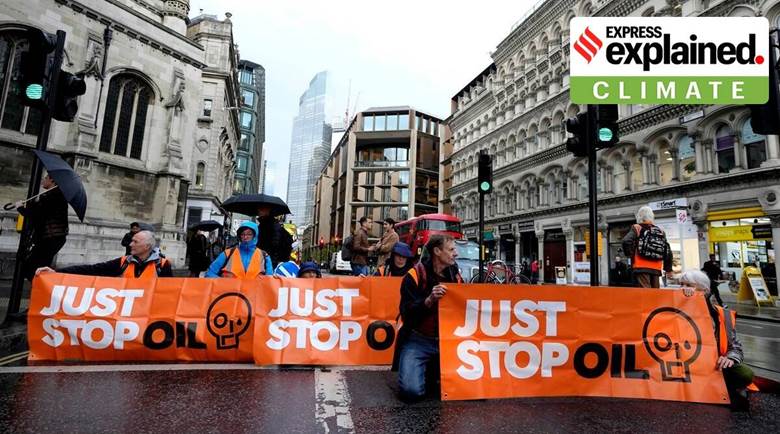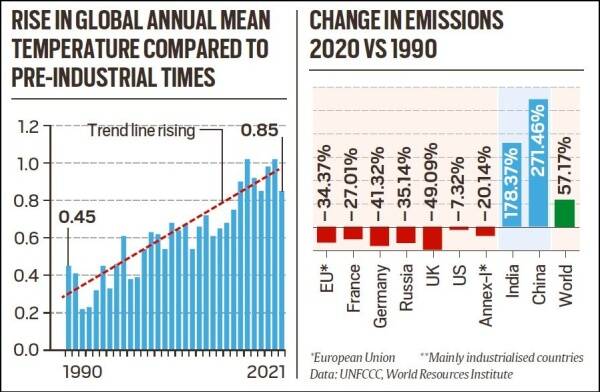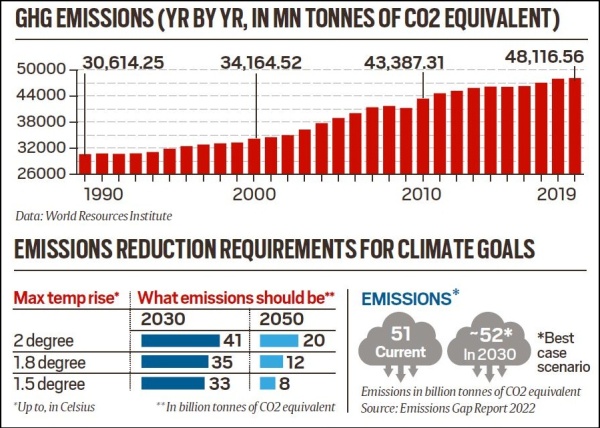Free Courses Sale ends Soon, Get It Now


Free Courses Sale ends Soon, Get It Now



Copyright infringement not intended
Context: It is the time of the year when, for two weeks, climate change takes global center stage. The annual United Nations Climate Change Conference (COP27), beginning 6 November, is being held in the Egyptian resort town of Sharm el-Shaikh amid fresh reminders that the window for meeting climate goals is closing fast.
Details:
Emissions still rising

Response inadequate

World headed to 2.8-degree warming
Impact of Ukraine War
https://indianexpress.com/article/explained/explained-climate/before-cop27-a-status-check-8243599/
© 2024 iasgyan. All right reserved